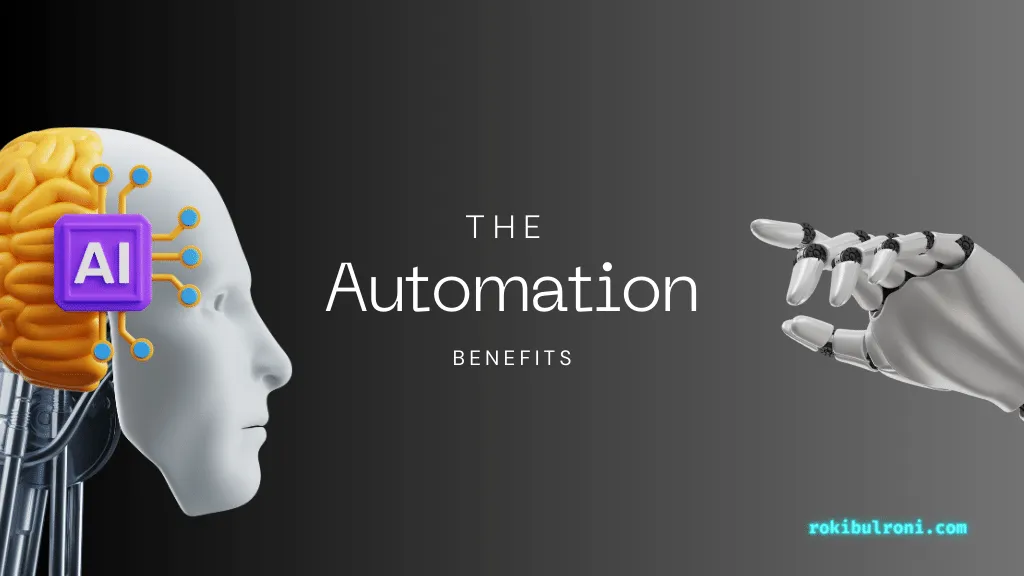AI in Cybersecurity: Revolutionizing Threat Detection and Response
Artificial Intelligence is transforming cybersecurity by enhancing threat detection, automating responses, and reducing false positives. This article explores AI's impact on cybersecurity, highlighting its benefits, real-world applications, and future trends. As cyber threats evolve, integrating AI into security strategies becomes essential for staying ahead of adversaries.

In the ever-evolving landscape of cybersecurity, Artificial Intelligence (AI) is emerging as a game-changer. As cyber threats become increasingly sophisticated, traditional security measures often fall short. This is where AI steps in, offering innovative solutions to enhance threat detection, response, and overall security infrastructure.
Understanding AI in Cybersecurity
Artificial Intelligence in cybersecurity involves the use of machine learning algorithms and data analytics to identify and respond to cyber threats. Unlike traditional methods that rely on predefined rules and signatures, AI systems learn from data patterns and anomalies to predict and mitigate potential threats.
Enhanced Threat Detection
One of the significant advantages of AI in cybersecurity is its ability to detect threats more accurately and swiftly. Traditional security systems often struggle with zero-day vulnerabilities and novel attack vectors. However, AI-powered systems can analyze vast amounts of data in real-time, identifying patterns that indicate potential threats. For instance, AI can recognize unusual network traffic or login attempts, flagging them as suspicious activities.
Proactive Threat Hunting
AI empowers cybersecurity teams to move from reactive to proactive threat hunting. By continuously analyzing data from various sources, AI can predict and prevent attacks before they occur. This proactive approach is crucial in dealing with Advanced Persistent Threats (APTs) that can evade traditional detection methods and remain dormant in systems for extended periods.
Automating Response and Mitigation
Speed is of the essence in cybersecurity. AI can automate response actions, significantly reducing the time it takes to neutralize threats. For example, AI can automatically isolate compromised systems, block malicious IP addresses, and deploy patches to vulnerable software without human intervention. This automation not only enhances response times but also alleviates the workload on cybersecurity professionals.

Benefits of Automation
| Benefit | Description |
|---|---|
| Speed | Rapid identification and mitigation of threats |
| Consistency | Uniform application of security protocols |
| Scalability | Efficiently handles increasing volumes of threats |
| Reduced Human Error | Minimizes errors due to manual processes |
Adaptive Learning and Evolution
Cyber threats are constantly evolving, and so are AI systems. Machine learning models can adapt and evolve based on new data, ensuring that cybersecurity measures are always up-to-date. This adaptive learning capability is vital in an environment where new malware and attack techniques are developed regularly.
Reducing False Positives
One of the challenges in cybersecurity is dealing with false positives, which can overwhelm security teams and lead to alert fatigue. AI algorithms can significantly reduce false positives by refining their detection criteria and learning from past incidents. This ensures that security teams focus on genuine threats, improving overall efficiency and effectiveness.
Key Strategies to Reduce False Positives
- Refined Detection Criteria: Continuously improve detection algorithms.
- Historical Data Analysis: Learn from past incidents to enhance accuracy.
- Cross-Validation: Use multiple data sources for validation.
- User Feedback: Incorporate feedback from cybersecurity professionals.
Case Studies and Real-World Applications
Several organizations have successfully integrated AI into their cybersecurity frameworks. For instance, IBM’s Watson for Cyber Security uses cognitive computing to analyze and interpret security data, providing actionable insights. Similarly, Darktrace employs AI to detect and respond to cyber threats in real-time, offering a robust defense mechanism for its clients.
Notable Implementations
- IBM Watson for Cyber Security: Uses cognitive computing for deep data analysis (IBM).
- Darktrace: Leverages AI for real-time threat detection and response (Darktrace).

Ethical Considerations and Challenges
While AI offers numerous benefits, it also presents ethical challenges. Privacy concerns arise with the extensive data collection and analysis required for AI systems. Additionally, there is the risk of AI being used by malicious actors to develop more sophisticated cyber attacks. It is crucial to address these ethical considerations and establish regulations to ensure the responsible use of AI in cybersecurity.
Ethical Challenges
- Privacy Concerns: Extensive data collection may infringe on user privacy.
- Malicious Use: AI could be leveraged by cybercriminals.
- Bias in Algorithms: Ensuring fairness and accuracy in AI predictions.
- Regulation and Compliance: Establishing and adhering to ethical guidelines.
The Future of AI in Cybersecurity
The future of AI in cybersecurity looks promising. As technology advances, we can expect even more sophisticated AI-driven solutions that can predict, detect, and respond to cyber threats with unprecedented accuracy. The integration of AI with other emerging technologies like blockchain and quantum computing could further enhance cybersecurity measures, creating a more secure digital environment.
Emerging Trends
- Integration with Blockchain: Enhancing data integrity and security.
- Quantum Computing: Developing robust defenses against quantum attacks.
- AI-Powered User Authentication: Improving security through advanced biometric analysis.
- Collaborative AI Systems: Enhancing threat intelligence sharing and collaboration.
Conclusion
Artificial Intelligence is revolutionizing the field of cybersecurity, offering innovative solutions to complex problems. By enhancing threat detection, automating responses, and reducing false positives, AI is transforming how organizations defend against cyber threats. As we move forward, the continuous evolution and ethical implementation of AI will be critical in shaping a secure digital future.
Incorporating AI into your cybersecurity strategy is not just an option but a necessity in today’s threat landscape. Embrace the power of AI to stay ahead of cyber adversaries and safeguard your digital assets effectively.
